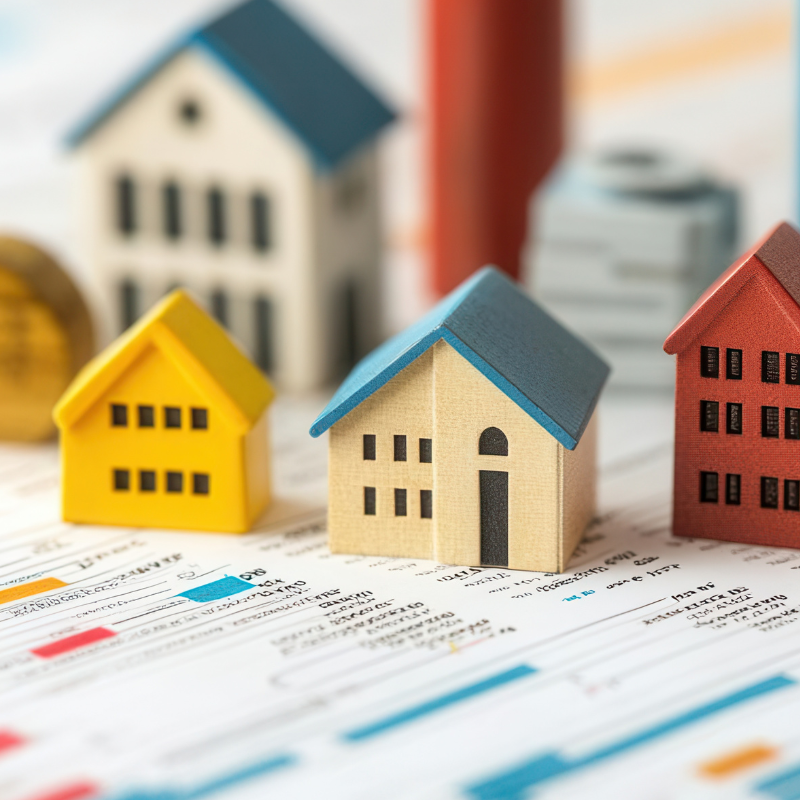Year-end tax planning for 2019 is in full swing. Thoughtful planning should be employed in order to maximize tax savings, monitor cash flows, and avoid tax penalties. The following are some important tax code tools that real estate owners should consider for their 2019 asset additions.
Bonus Depreciation – General
100% bonus depreciation for new and used property remains in effect for 2019. The percentage phases down from 2023 to 2026. Bonus depreciation is available for tangible property with a recovery period of 20 years or less.
Examples of property eligible for bonus depreciation are countless and varied but the following are some common items real estate owners can purchase that qualify:
- Appliances
- Carpeting (and in many cases depending on circumstances, various other flooring materials)
- Furniture
- Cabinets
- Special electrical, plumbing and HVAC hookups for equipment
Bonus Depreciation – Qualified Improvement Property
Qualified improvement property is any improvement to an interior portion of a building that is nonresidential rental property if the improvement is placed in service after the date the building was first placed in service (excluding internal structural framework of the building, enlargement of the building, and elevators/escalators).
Under the Tax Cuts and Jobs Act (TCJA) passed in December of 2017, Congress intended to assign a 15 year recovery period to qualified improvement property which would have also made it eligible for 100% bonus depreciation described above. However, writers of the TCJA failed to include qualified improvement property in the list of property with a 15-year life and therefore a technical correction is needed to fix the law to match the intent of Congress.
As of 2019, qualified improvement property was not eligible for bonus depreciation. However, legislation passed in 2020 has made retroactive changes that now allow for the bonus depreciation of these properties. Learn more about these amendments.
Bonus Depreciation – Vehicles
In addition to tangible property, bonus depreciation on new and used vehicles purchased in 2019 should be considered.
Vehicles above 6,000 pounds
For vehicles with gross vehicle weight rating (GVRW) above 6,000 pounds, 100% bonus depreciation can be taken for the full purchase price of the vehicle. Passenger autos must be 6,000 pounds unloaded and trucks and vans must be 6,000 pounds loaded to qualify.
Vehicles 6,000 pounds or less
For passenger autos with unloaded gross vehicle weight rating (GVRW) of 6,000 pounds or less, maximum depreciation (including bonus) is limited to $18,100 in 2019.
Section 179 deduction
Section 179 permits the deduction of the entire cost of an asset acquired and placed in service. In many ways this is similar to bonus depreciation but the Section 179 deduction has more restrictions. The business must have positive taxable income, non-grantor trusts and estates are ineligible to claim Section 179 deductions, and property must be used in an active trade or business, so certain rental properties may not be eligible depending on facts and circumstances.
For 2019, the maximum Section 179 deduction is $1,020,000. If total asset acquisitions are greater than $2,550,000, the deduction begins to phase out dollar for dollar and is fully phased out once the cost of Section 179 property placed in services reaches $3,570,000.
If the circumstances are right, the Section 179 deduction can be a great tool and has the added benefit that the following large dollar items, which are ineligible for bonus depreciation, qualify for Section 179 expensing for commercial real estate property:
- Qualified improvement property (see definition above)
- Roofs
- HVAC property
- Fire protection and alarm systems
- Security systems
Cost segregation study
If you have purchased a building, constructed or remodeled your property in 2019, a cost segregation study should be considered. Generally speaking, a commercial building’s total cost basis is depreciated using a 39-year life under the straight-line method. A cost segregation study will identify, segregate and reclassify the various assets to shorter-lived assets (e.g. 5-, 7- and 15-year assets) from the total cost basis of the building being depreciated over 39 years. The shorter-lived assets are then potentially eligible for immediate Section 179 expensing or 100% bonus depreciation which generally results in significant tax deductions for property owners.
With the various depreciation methods available, a real estate owner has many tools to use for year-end planning to reduce taxes and improve cash flow. Planning options and potential outcomes should be considered sooner rather than later so there is time to take action before the fast approaching year-end. For more information on this topic, please contact our professionals by filling out the form below.
Author: Michael West, CPA, Real Estate Services Team Member | [email protected]
Real Estate Services
How Can We Help?


